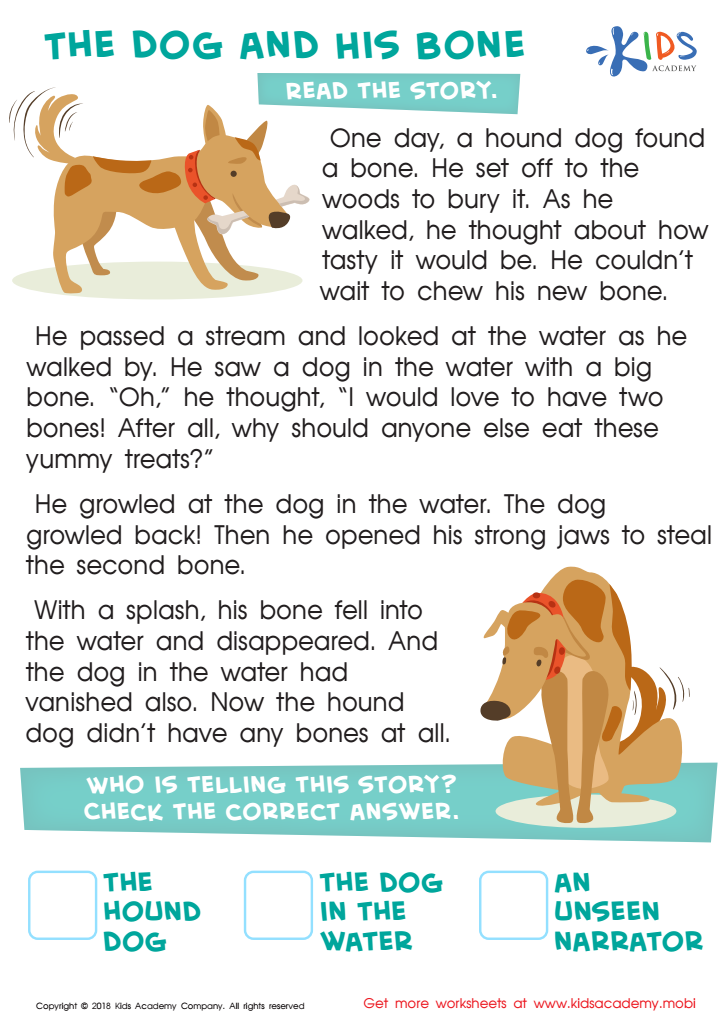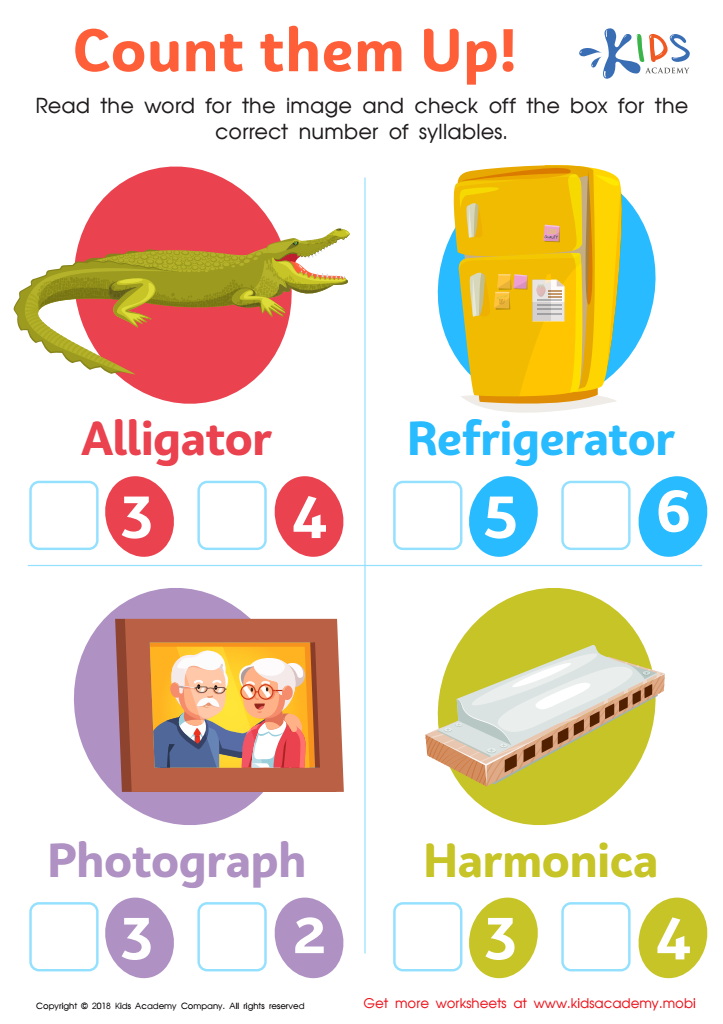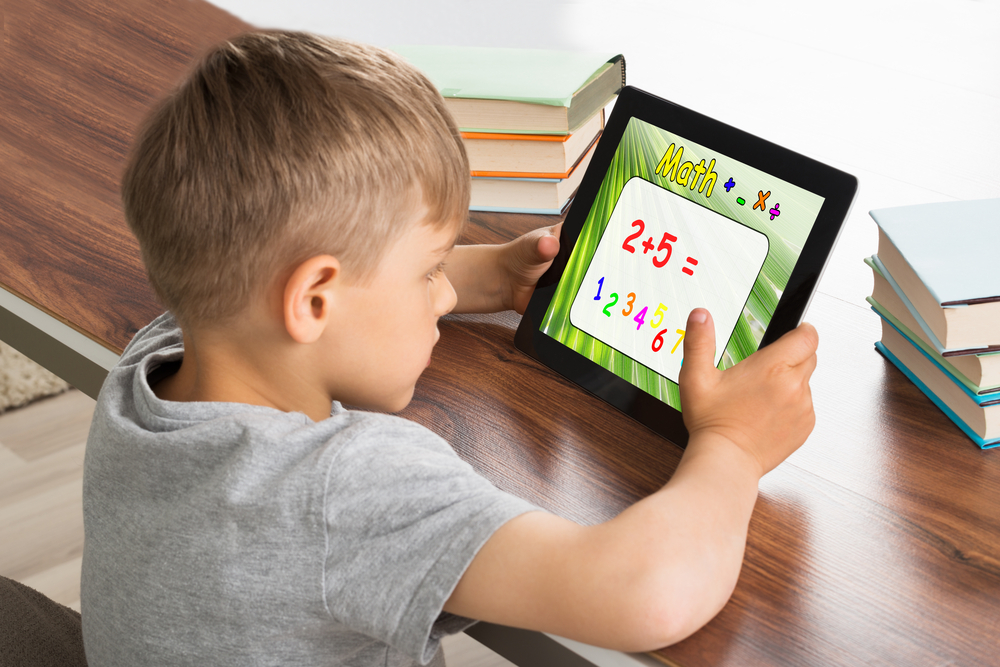Number Recognition Normal Reading Worksheets for Ages 4-9
4 filtered results
-
From - To
Introduce your child to the world of numbers with our Number Recognition Normal Reading Worksheets for Ages 4-9. Designed to blend fun and learning, these worksheets help kids identify and understand numbers through engaging activities. From counting exercises to number tracing, these tools foster early math skills and boost confidence in young learners. Perfect for both classroom and home use, our worksheets cater to diverse learning styles, ensuring that every child grasps the basics of number recognition. Unlock your child's mathematical potential today with our expertly crafted resources, paving the way for future academic success.


Fish Worksheet


The Dog and His Bone Worksheet


Count Them Up Worksheet


Pair Pears Worksheet
Parents and teachers should deeply care about number recognition and early reading skills for children ages 4-9, as these foundational abilities profoundly influence long-term academic success and cognitive development. At this formative stage, a child’s brain is exceptionally receptive to learning core concepts, and mastering these early skills establishes a solid base for more complex thinking and problem-solving later in life.
Number recognition enables children to understand and interact with mathematical concepts, paving the way for skills in counting, basic operations, and later, more advanced math. It nurtures logical thinking and supports everyday tasks such as telling time or managing money, making it crucial for practical life skills.
Early reading transforms a child's ability to access, comprehend, and engage with information. It enhances language development, vocabulary, and communication skills, while also sparking imagination and critical thinking. When children read proficiently, they perform better across all subjects, boosting their confidence and motivation to learn.
By prioritizing number recognition and early reading, parents and teachers help children develop essential cognitive abilities, setting them up for success not only in academics but also in navigating the world around them. Encouraging these foundational skills, therefore, is essential for fostering well-rounded, capable, and confident learners.
 Assign to My Students
Assign to My Students





















